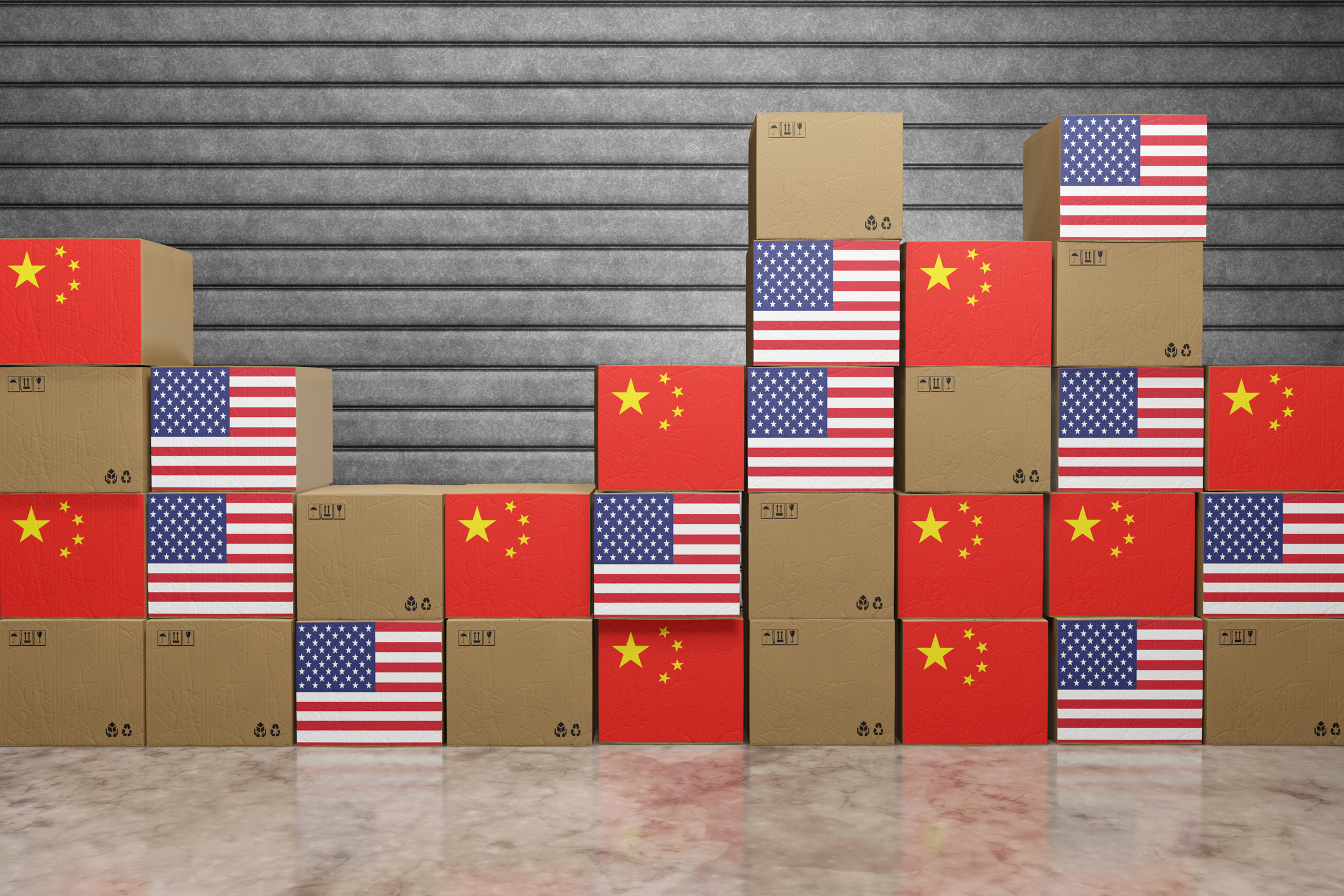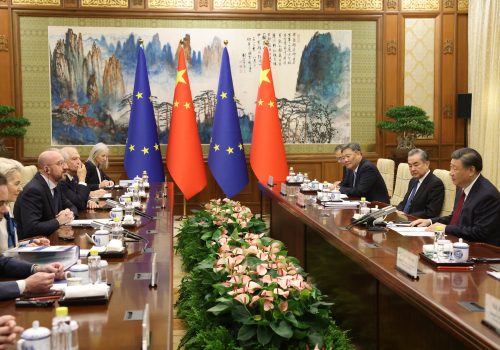
Overview of Geopolitical Influences on Trade
Rising tensions between major global powers have led to profound shifts in international trade policies. A significant focus is placed on how geopolitical alignment between nations affects trade dynamics. Recent findings indicate that geopolitical distance—measured through how similarly countries vote at the United Nations—has a measurable impact on trade flows. From 2017 to 2023, trade volumes among countries with greater geopolitical distance grew approximately 2.5% more slowly compared to those with closer ties, suggesting that countries increasingly impose trade restrictions against those perceived as geopolitical adversaries[1].
Trade Restrictions and Tariffs
The imposition of tariffs has become a focal point of the West's strategy towards economic relations with countries like China. For instance, tariffs on Chinese electric vehicles (EVs) by the United States, the European Union, and Canada illustrate a growing apprehension about China’s technological advancements and economic practices. This reflects a broader pattern where the West employs various measures—such as export bans and tariffs—not just to counter unfair trade practices, but also to assert economic dominance[2].
The historical context of U.S. responses to trade imbalances, such as with Japanese auto imports in the 1980s, showcases a different era when tariffs led to quicker resolutions. Today's measures, however, have failed to prompt significant concessions from China, indicating a more entrenched and adversarial posture that complicates resolution of trade disputes[2].
Diverging Economic Strategies
Moreover, the evolving strategies of these nations reveal a shift in how they approach trade agreements and economic cooperation. Chinese leadership has acknowledged the critical nature of technology in maintaining national sovereignty and has responded to Western actions with increasingly combative stances, encapsulating its approach to trade as a reflection of its competitive advantages rather than a flaw to be corrected[2].
In contrast, policymakers in the U.S. are reevaluating their restrictions, especially on technologies which may bolster their economic resilience. For example, the Inflation Reduction Act’s stipulation that EVs made with Chinese battery components do not qualify for tax credits reflects the necessity for careful calibration of trade restrictions to maintain domestic competitiveness without stifling potential beneficial negotiations with China[2].
Implications of Trade Patterns

The text from BIS discusses the implications of geopolitical alignments for trade patterns, highlighting how trade policies can significantly affect trade volumes. Countries that are geopolitical allies tend to experience smoother trade relations, while those that are adversaries face barriers such as tariffs or restrictions. This fragmentation of trade not only signals a retreat from globalization but also suggests that countries will increasingly assess trade relationships through a geopolitical lens[1].
By focusing on narrowly defined sectors and bilateral trade data, it becomes apparent that geopolitical tensions have a heterogeneous impact across different sectors. For example, trade flows for certain goods may experience stark contrasts in volume changes between allies and adversaries, showcasing notable disparities due to aligned or misaligned geopolitical stances[1].
Future Trade Trajectories
The outlook for international trade is heavily contingent upon current geopolitical tensions. With the risk of escalating restrictions between adversaries, countries heavily reliant on imports from or exports to those considered geopolitically distant are particularly vulnerable. This situation calls for strategic adjustments, whether through reshoring production capabilities or diversifying trade partners among geopolitically aligned nations[1][2].
Additionally, the global economy's shift towards geopolitical considerations may erode the advantages of comparative trade, highlighting a need for nations to not only assess their consumer bases and market efficiencies but also their geopolitical positioning. While some countries may manage to benefit from reconfigurations in trade routes—such as Mexico and Vietnam during the U.S.-China trade tensions—the broader implications suggest a landscape of reduced economic integration and increased fragility in international supply chains[2].
Conclusion

Rising geopolitical tensions are reshaping international trade policies by reinforcing barriers among adversarial countries while fostering closer ties among allies. As nations increasingly view trade not only as an economic engagement but also as a reflection of political solidarity, the need for adaptive strategies becomes essential. Countries must navigate this complex landscape carefully, balancing economic resilience with the need to remain competitive amid escalating global tensions.
Get more accurate answers with Super Pandi, upload files, personalized discovery feed, save searches and contribute to the PandiPedia.
Let's look at alternatives:
- Modify the query.
- Start a new thread.
- Remove sources (if manually added).